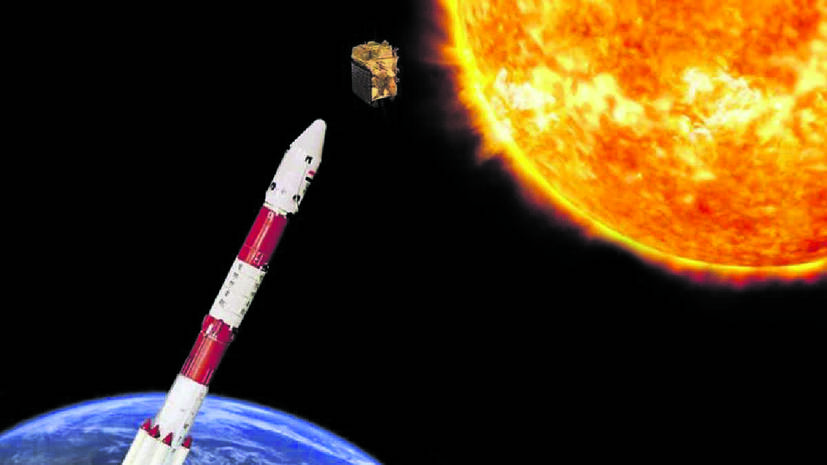

THIRUVANANTHAPURAM: The immense energy generated in the sun through the series of nuclear explosions is currently reaching the earth in an adequate quantity. The Aditya L-1 probe is India's hand in the human effort to anticipate dangerous situations and take precautions to secure Earth.
No matter how big the solar storm is about to engulf the earth, the spacecraft will share the information to earth before it becomes terrible. Along with Aditya, the probes of NASA, Japan and ESA are also orbiting the Sun. But many of the scientific instruments in Aditya have the distinction of being used for the first time.
1440 pictures to be sent daily
Aditya's main payload, the Visible Emission Line Coronagraph (VELC), will take 1,440 images daily and send them to the ground station, scientists behind the mission said. VELC is the largest, most important and most technically challenging payload on Aditya L1. The system was developed in collaboration with ISRO at the Centre for Research and Education in Science Technology (CREST) campus of the Indian Institute of Astrophysics. Aditya will send one image to Earth every minute. That is 1440 images in 24 hours.'The data received from ISRO's Indian Space Science Data Center (ISSDC) will reach the operations centre at the Indian Institute of Astrophysics and from there it will be transformed to make it suitable for scientific analysis. It will be sent back to ISSDC.
IIA has also developed special software for automatic detection of coronal mass ejections. This rapidly collected data is available for scientific testing within 24 hours.
The probe will reach the designated orbit by January. The first images will be available by the end of February. The smaller devices will be operated first. The shutter of the VELC will be the last to open.